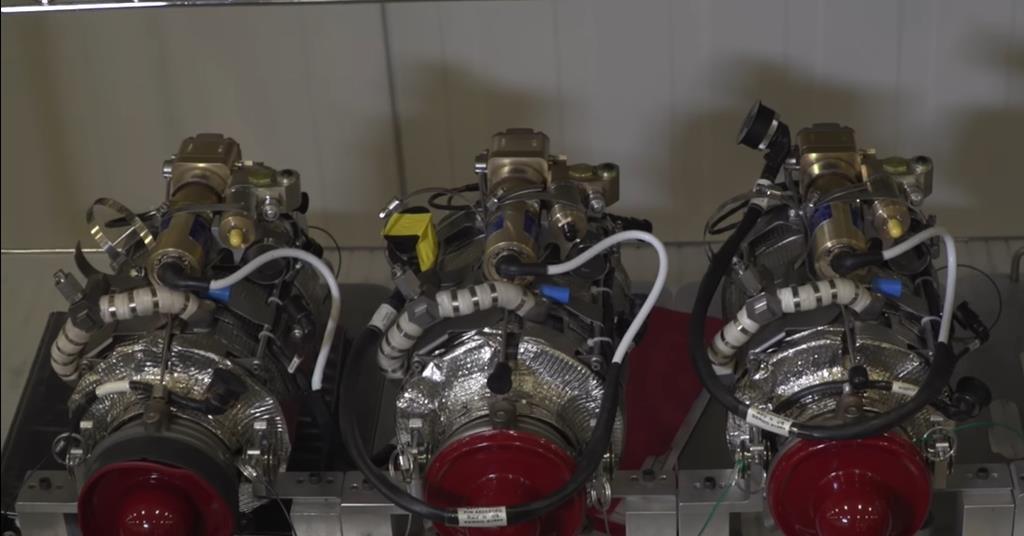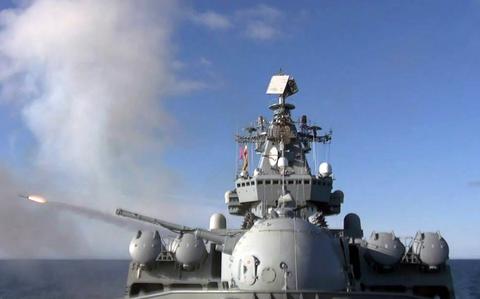- Reaction score
- 11,937
- Points
- 1,160
I worked closely with the individuals in the band that pushed this through, one of those projects that were a real win-win for everyone. Not every small community can do this, but the project was so successful that Yukon Energy asked them to expand their grid into the Yukon and BC Hydro pays them to provide power to Atlin. The profits after costs and maintenance gets plowed back into the community and BC Hydro saves money because it's not sending large quantities of diesel to the generators every week by truck. It also builds a sense of responsibility into the band and the people working at the plant. The Atlin hydro project – embodying First Nation principles - NS Energy
One of the reasons I like the home-fired micro CHP option is that it is both and individual and community advantage.
Every home with a wood-fired CHP system would have a dual incentive to maintain a fuel supply to their "furnace" and keep it in working order.
It would keep the house warm and bright and it would supply a steady income from the export of electricity to the community.
The community would benefit from the excess energy for community projects like offices, gyms, meeting halls, community pools, indoor rinks and small business opportunities like machine shops, and 3D printers, sewing, laundries, bakers, smokehouses.
And, if one house goes dark, there are a lot of others to pick up the slack.





